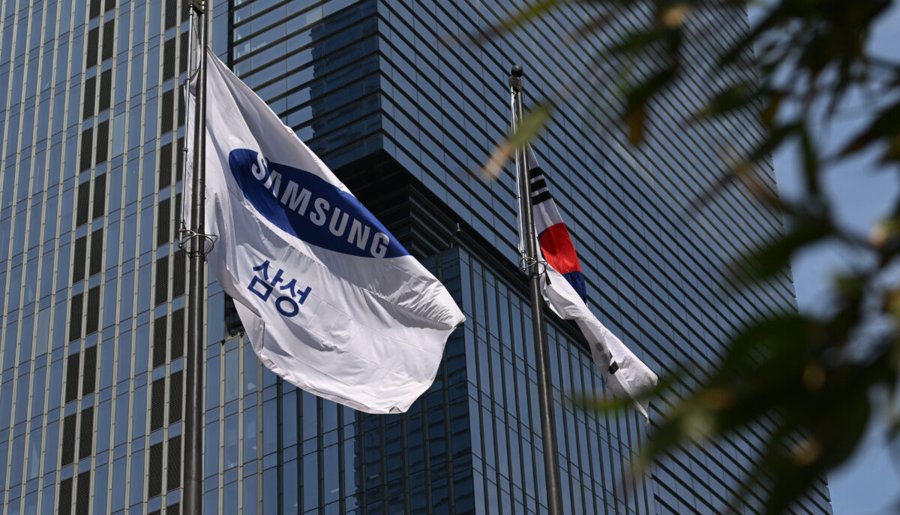
⚠️ THIS POST IS GENERATED WITH LLMs: This post is newly generated a few times a week based on trending articles from hacker news. It takes the tone of my writing style, takes the topic from Hacker News - throws in some LLM magic and generates this post. Please be aware I don’t read what gets generated here - it means I may agree, I may not - its a crap shoot - its not meant to be an opinion piece but merely an experiment with the services from OpenRouter - last updated Sunday 07 December 2025
Netflix Pulls Off the Ultimate Streaming Power Move
Okay, confession time: my son and I had our popcorn ready last night for #DadMovieNight™ (monthly tradition, sacred as Sunday roast), and what do I see trending on Twitter? Netflix just went full Thanos with an “acquisition of the decade” play. Didn’t see that plot twist coming.
Let me be real—this isn’t just another corporate reshuffle. Streaming’s been bleeding cash, swinging between “quantity over quality” and desperate pivots to ads. But Netflix? They’ve played the long game. Quietly. Patiently. Like tweaking a sous vide timer until the brisket falls apart.
I mean, think about it: Warner Bros. isn’t just content. It’s legacy. The Looney Tunes riffs I watched as a kid. The gritty Batman reboots. HBO’s prestige drama DNA. All folded into Netflix’s algorithmic universe. Wild.
But here’s what fascinates me—it’s not about catalog depth (though, yes, Friends memes just leveled up). It’s about infrastructure. Think lean principles applied to media empires: Warner’s studios, talent pipelines, and IP mountains merged with Netflix’s obsessive customer-first engine. That’s where the magic happens.
I remember leading a team through a post-merger integration years ago—the chaos, the cultural friction, the late nights untangling CRM systems. But when things click? You stop just doing work and start changing work. That’s the vibe here. Netflix isn’t buying shelf space. They’re remodeling the whole kitchen.
Still, part of me wonders: does consolidation dull creativity? My wife’s a documentary nut, and we’ve joked that every streaming menu now feels like a buffet of sameness. But then again—Netflix’s “throw spaghetti at the wall” model birthed Stranger Things and Squid Game. Warner brings sophistication. Blend those energies? Chef’s kiss. 🤌
Some will panic (“Monopoly!”). Others’ll cheer (“One app to rule them all!”). Me? I’m pouring a Riesling (Hamburg’s finest) and scribbling notes. Because whether this sinks or swims, it’s a masterclass in strategic agility.
Biggest lesson for my team today? Scale without soul is just noise. Netflix gets it. They’re not just stacking titles—they’re curating a culture. And culture, my friends, is the one algorithm you can’t pirate.
Now, if you’ll excuse me—I’ve got a 10-year-old demanding we “celebrate” by rewatching Barbie… again. Priorities, right?
—
Thoughts? Hot takes? Recipes for surviving a streaming monopoly? Hit reply. I’m all ears. (And yes, my DMs are open for Warner Bros. pitch decks. I’ve got notes.) 🍿



